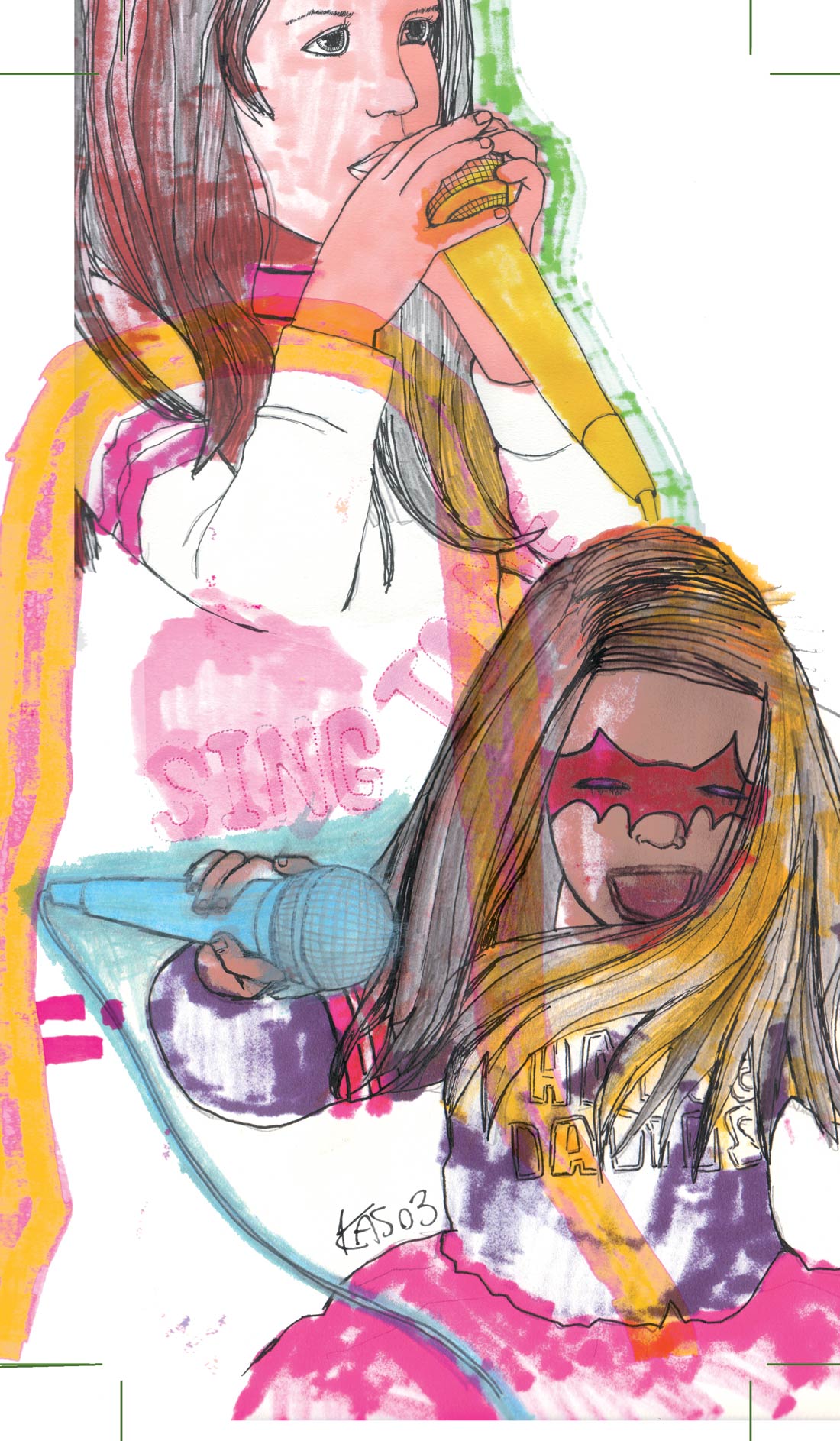I've been asking for a high-quality monitoring system like the Dangerous Monitor ever since I started mastering some seven years ago. Many mastering engineers have custom-manufactured desks or modified Neumann desks, but these are quite expensive (typically $10,000- $50,000). Other mastering engineers are using high-end audio preamplifiers, but these lack the simple functions that most engineers want or need. I've always wondered why no manufacturer made a high-quality monitor console for critical listening and metering.
Enter the Dangerous Monitor. This Chris Muth designed monitor is my wish come true. Muth has been designing mastering-grade equipment for over a decade. He's been the console designer for all of Sterling Sound's mastering rooms for the last five years. The Monitor, however, is not a device exclusive to the mastering community. Indeed anyone using a computer to make music or wishing to accurately hear, easily route, and visually see what they are recording will benefit from what the Monitor has to offer. And it only takes up two 19'' rackspaces.
So what does the Dangerous Monitor consist of? As the name implies, it is much like the monitor section of a high-end console with a few added benefits. First, it has the ability to select between three (stereo) analog sources and four (stereo) digital sources and route any of these to a dedicated built-in Troisi D/A converter, with full access to metering. All four digital inputs (which are active at all times) can be patched "thru" to other devices. You can also reverse phase (or more accurately, "polarity," since phase is time-based) on left or right channels; sum to mono (which, along with the separate L & R phase button, gives one the ability to monitor the side information only); dim the level; and attenuate the meter outs by -6 dB (for those extra hot signals). All digital connects are AES-3 (XLR), and all analog inputs and outputs are +4 dBu balanced (XLR). The Dangerous Monitor also comes with a separate 1U rackmount power supply. Unfortunately, the power-switch is difficult to reach once the power supply is racked up.
Dangerous Music's reasoning for the built in D/A converter is a simple one-to allow comparison of digital sources directly without being subjected to the differences in calibration and sound quality between converters in separate pieces of gear. This feature comes in very handy for both studio use and live recording/monitoring situations. Most mastering engineers prefer to use their own digital converters, and Dangerous Music has made this accessible through the digital output in the meter section. (Dangerous Music also has a special-order, custom-designed modification which allows you to use your own D/A in place of the built-in converter.) There is a set of main outs as well as a set of aux outs so that you can route the outputs to two separate amplification systems. All buttons are backlit, giving immediate visual feedback at a glance. The volume knob is a custom device built to NASA specs (by Janco) for Dangerous Music, with the ability to track accurately even at the lowest levels-something you won't find on your standard console.
The manual states that "the Monitor is designed to be the cornerstone of a recording studio by providing a convenient method for listening to and metering the different stages of the recording process." I couldn't agree more. I've used the Monitor for the last several months at Silvertone Mastering and have come to rely on its versatility and ease of use. It never detracts from the matter at hand: monitoring music. Additionally, it has routing capabilities far beyond what you would find in your typical console monitor section.
As a mastering engineer, there are a few items I would like to see added: access to the calibration pots for the D/A converter to make alignment with other digital gear easier (I am told that an update to the manual will describe in detail how to adjust the internal settings); dedicated sends and returns for inserting my favorite analog equipment; a second attenuator at the input stage to compare input to output levels; and an M/S mode. With that said, all this would add considerable cost to the unit and really make it more a dedicated mastering console than the fine general- purpose monitoring system it is meant to be.
Of course, all this quality comes at a price. The Dangerous Monitor is not an inexpensive proposition. It's probably well out of the realm for most budget-conscious recording enthusiasts. The question becomes, can you really afford to trust what you are hearing to a budget console? In my case, the answer is as clear as the Dangerous Monitor. ($4999 MSRP; www.dangerousmusic.com)




_disp_horizontal_bw.jpg)